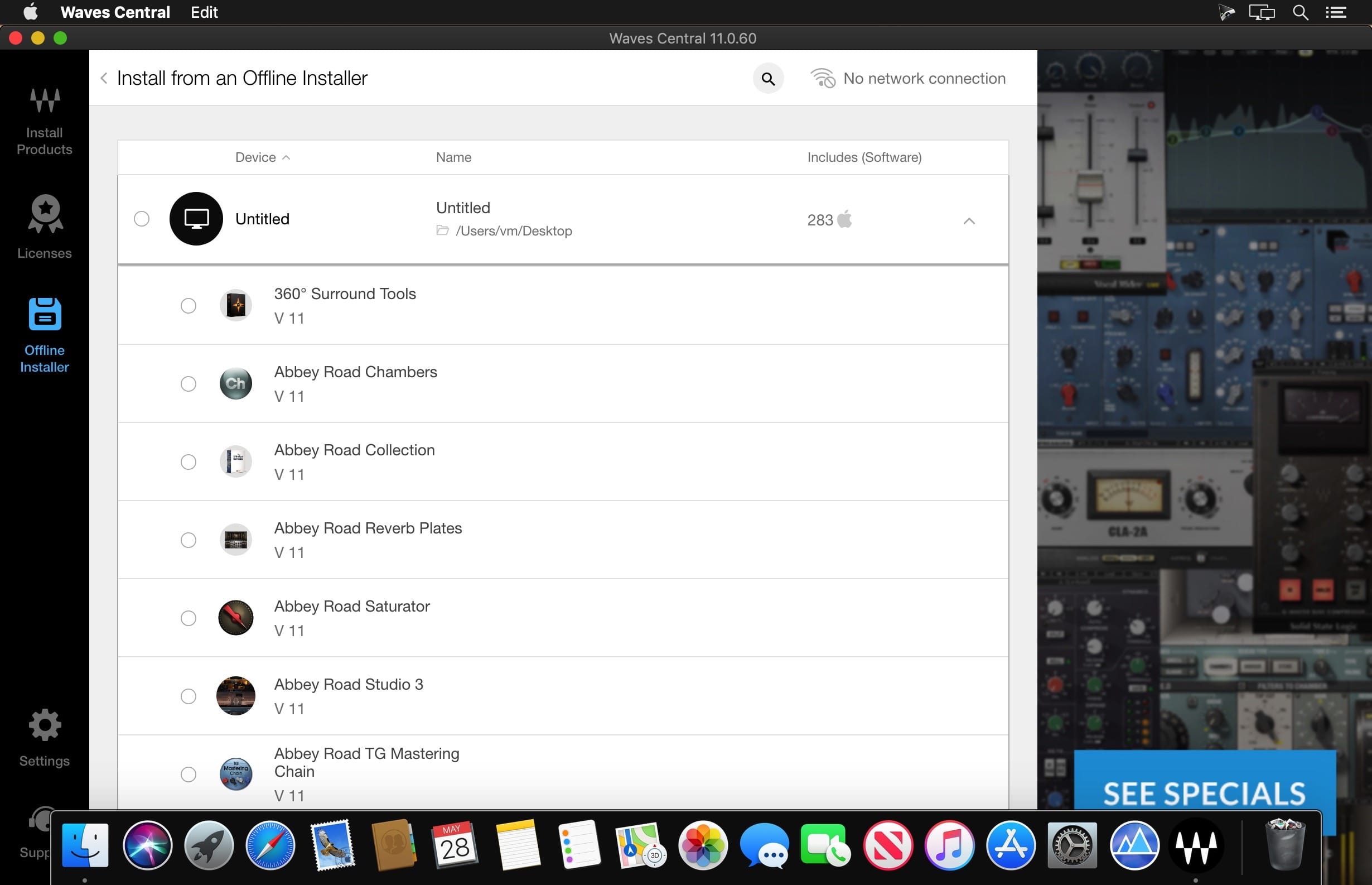

Thereafter, the concept of photonic crystals was further extended to acoustic/elastic waves, known as phononic crystals (PCs), which were exploited for negative refraction and subwavelength imaging of acoustic 8, 9, 10, 11, 12, 13, 14, 15/elastic 16, 17, 18 waves. 3 first demonstrated the subwavelength imaging of electromagnetic waves in a 2D photonic crystal. Later, it was found that a flat super lens can also be realized using artificially engineered periodic structures called photonic crystals 3, 4, 5, 6, 7. A flat optical super lens with a double negative effective index was demonstrated for the first time by Pendry 2, which broke the diffraction limit resulting in super-resolution imaging of electromagnetic waves. We numerically and experimentally demonstrate subwavelength imaging using this concept over a significantly broadband frequency range.Įver since Veselago’s 1 discovery of the negative refraction phenomenon in left-hand material (LHM), artificial materials enabling negative refraction of electromagnetic waves have attracted considerable attention. Using a square lattice design with square-shaped EFCs, we enable the group velocity vector to always be perpendicular to the lens interface irrespective of the frequency and incidence angle thus, resulting in a broadband imaging capability.

In this work, we propose a PC lens for broadband subwavelength imaging of flexural waves in plates exploiting the second phonon band and the anisotropy of a PC lattice for the first time. Whereas, for the left-handed materials, the subwavelength imaging is restricted to a narrow frequency region where wave vectors in PC and background material are close to each other, which is essential for single-point image formation. In the first phonon band, the imaging phenomenon can only exist at frequencies closer to the first Bragg band gap where the equal frequency contours (EFCs) are convex. Subwavelength imaging of elastic/acoustic waves using phononic crystals (PCs) is limited to a narrow frequency range via the two existing mechanisms that utilize either the intense Bragg scattering in the first phonon band or negative effective properties (left-handed material) in the second (or higher) phonon band.


 0 kommentar(er)
0 kommentar(er)
